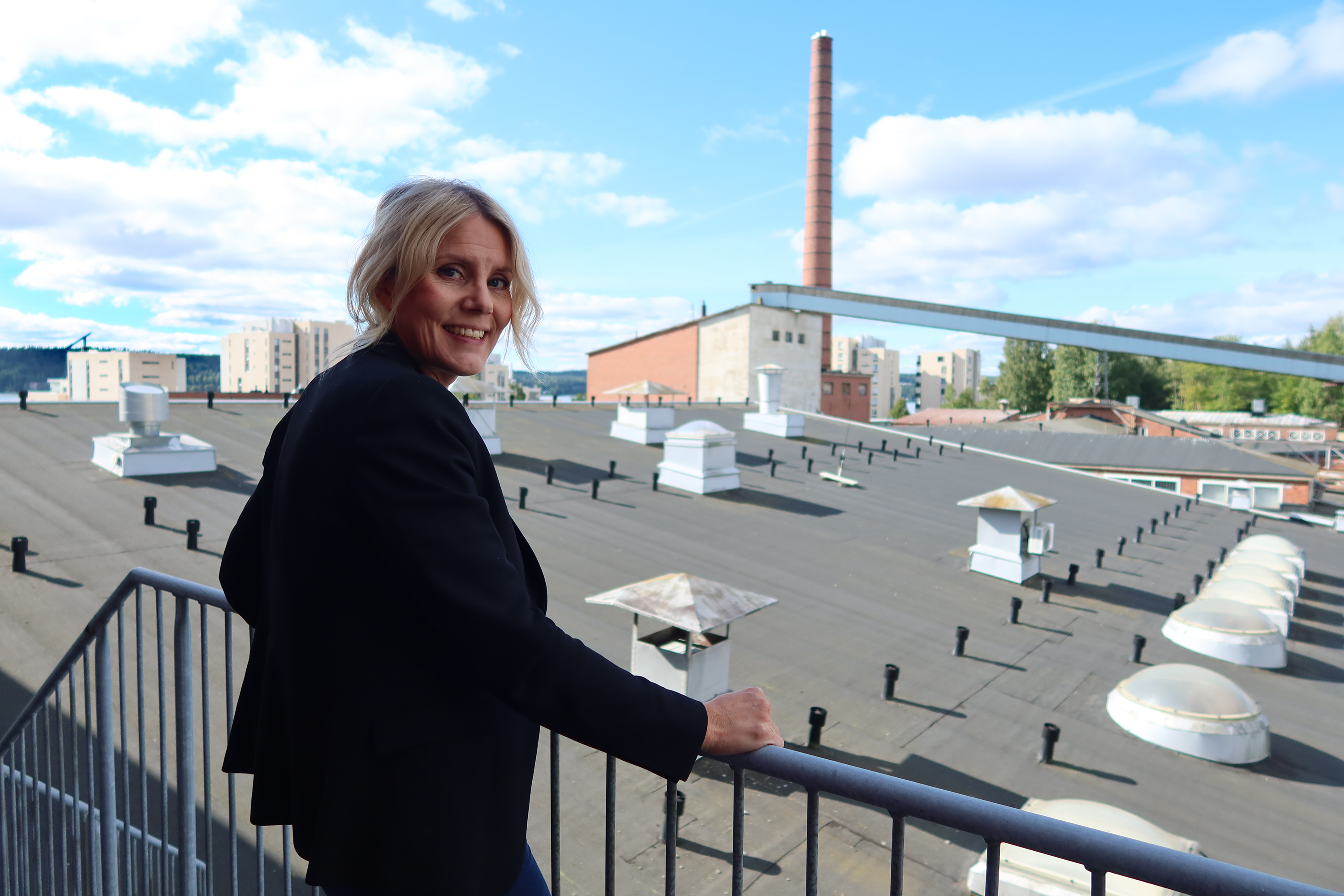Modern consumers are increasingly aware of environmental questions and keen for more ways to minimize the carbon footprint of what they purchase. In construction, many European markets are turning more to wood-based materials to offer this choice.
Regulation is also encouraging this development. For example, the French government unveiled plans for a sustainability law that will ensure all new public buildings are built from at least 50% timber or other natural materials. The measure will be implemented by 2022 and will apply to all public buildings financed by the French state.
“Wood-based materials act as a carbon storage but are also lighter and easier to handle than concrete or steel. This makes wood a popular choice especially in cities”, Susanna Rinne, Vice President of Business Development at UPM Plywood, explains. “In urban areas land is priced at premium rates, so the most cost-effective way to build is upwards. Adding new stories to existing buildings puts strain on old structures – wood lightens this load without losing quality.”
Use of wood is often still tied to local construction traditions and practices, for better and for worse. Rinne likens the situation to the old fable of the Big Bad Wolf and the Three Little Pigs.
“Many consumers tend to still see brick as the ideal material for sturdy, reliable construction. However, experts understand high-quality plywood properly designed for the construction application is in many cases also a great choice that offers similar performance to competing materials.”
Many markets are already keen to make the most of all that structural construction plywood can offer. In Europe, the Nordic countries and Netherlands are ahead of the curve, followed closely by UK.

An unbeatable carbon storage
Plywood is appreciated among expert builders for its technical qualities: it is a durable and high-performing material that compares well with other options.
Where plywood truly shines and stands out among competing materials is in its performance as a carbon storage. Wood stores carbon dioxide during its growth. This CO2 is then stored in plywood products for the duration of their lifecycle. WISA plywood stores five times the CO2 compared to the amount of fossil CO2 emissions its manufacturing releases, including the amounts released when sourcing and transporting the wood raw material.
The climate effects of different building materials are often hard to grasp; different amounts of carbon dioxide do not translate clearly to our everyday experience. Rinne compares the carbon dioxide savings to flight miles.
“A single cubic meter of WISA spruce plywood stores 0.78 tons of CO2. That is almost the equivalent of what a single person produces when flying from Helsinki to New York and back again. This gives you some scale of the impact, especially if you consider the fact that at UPM we manufacture hundreds of thousands of cubic meters of plywood every year.”
WISA BioBond: the next step in plywood’s evolution
In order to further enhance the sustainable qualities of plywood, UPM has made its WISA BioBond solution a standard in all the company’s WISA-Spruce plywood. WISA BioBond replaces a minimum of 50% of the fossil-based phenol in the plywood’s glue with bio-based lignin, the tree’s own natural adhesive.
The solution is about much more than just a new type of glue: it is more of a complete technology. WISA BioBond has been used in the company’s products since 2017 but now it will cover the entire WISA spruce range.
“We’ve spent a lot of time and care ensuring the WISA BioBond technology works with different gluing methods and wood species in WISA plywood products,” Rinne emphasizes.
The development of the technology has involved expert cooperation between UPM Plywood, UPM Biochemicals and the glue manufacturers. Rinne considers it important that UPM has taken its time in developing WISA BioBond even when the interest from customers has been high for some time.
“We’ve done rigorous and persistent testing so we can deliver the same high quality we’ve reached with phenol-based solutions – and be 100% certain of the results. Many of our customers have waited for this kind of solution and we’re very happy we can now make it available in the entire spruce range.”
If the ultimate goal is to have a construction material with zero fossil-based materials in it, plywood in itself goes far in that. WISA BioBond now takes us one step closer to that ultimate goal and evolves a great material even further.
“I believe wood-based building and wood materials are a significant part of the solution when tackling climate change. WISA-Spruce plywood is an excellent material when the building sector is targeting to reduce the embodied carbon emissions.”